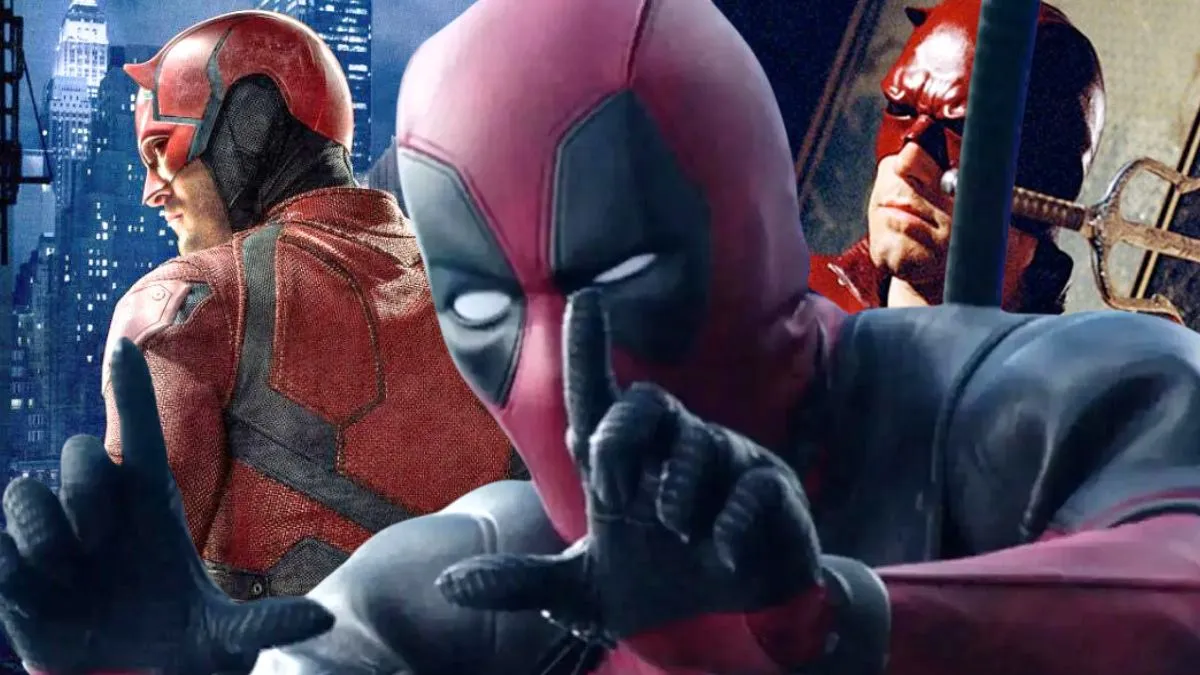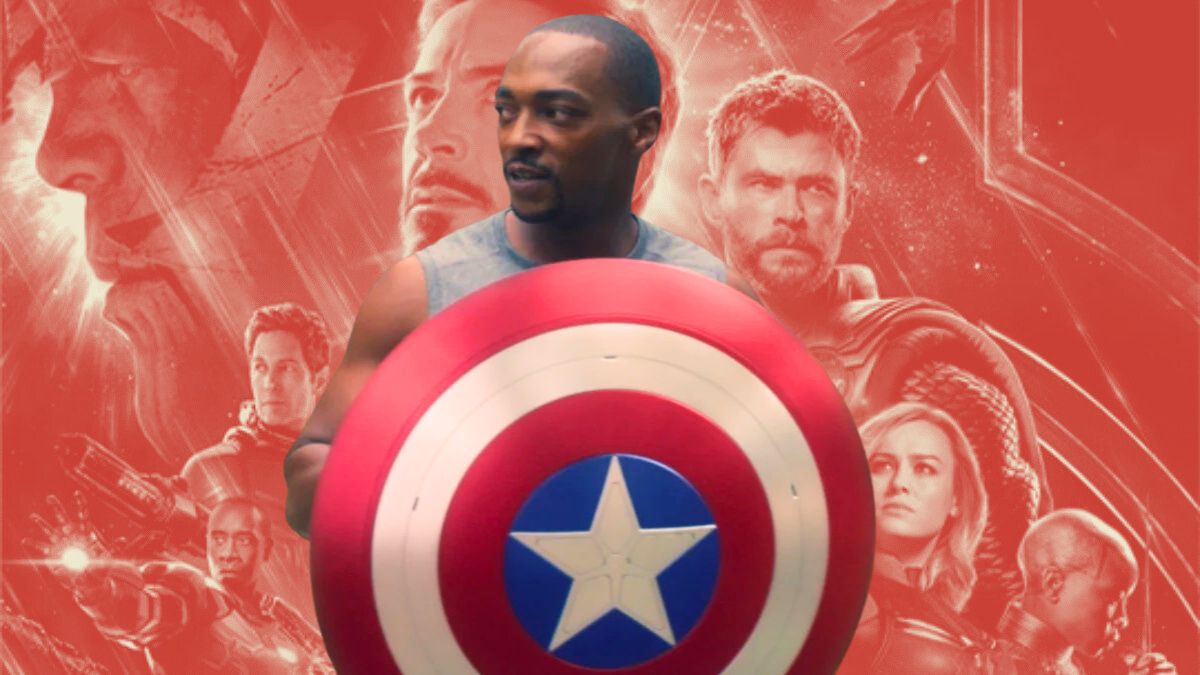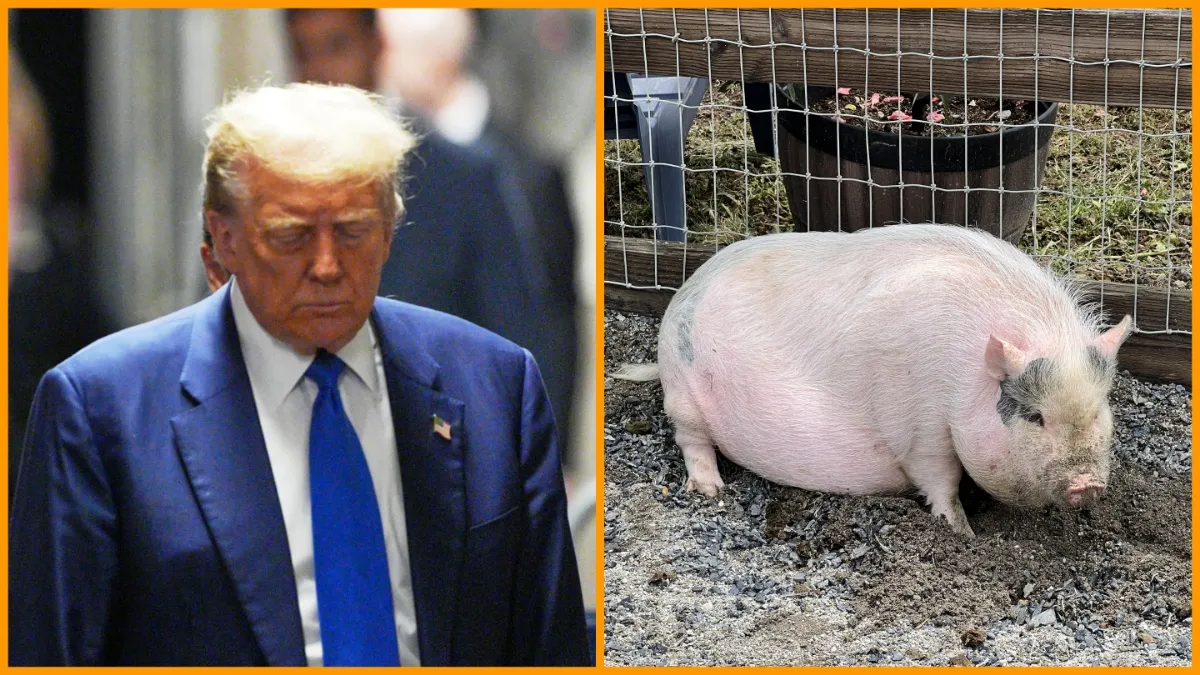
Two episodes were provided prior to broadcast.
Before anyone says anything, yes. Yes, Harry Houdini and Sir Arthur Conan Doyle really were a real life twosome, albeit an unlikely one. Doyle, despite making his fortune on the dependably logical Sherlock Holmes saga, was an avowed spiritualist, drawn toward the occult after a number of personal tragedies. Houdini, on the other hand, the rock star illusionist and escape artist, knew humbug when he heard it, spending a good chunk of his career ousting phony mediums and their “powers.”
So if it doesn’t outright invent the relationship at its core, then Houdini & Doyle, which premieres Monday on Fox, goes nuts with everything else. Imagining the duo as bickering paranormal private eyes, the series has fun with its spooky roots. The best of it is smart, silly, and a little scary. At certain points, though, it doesn’t seem to trust those roots, making heavy-handed reaches that jeopardize its credibility more than any phantom on screen manages to. The big mystery at hand, it turns out, isn’t whether Houdini & Doyle believes enough in ghosts, but whether it believes enough in itself.
Either way, you can’t fault the premise. The series starts off in London, 1901, eight years after Sherlock Holmes’ climactic death at Reichenbach Falls. Like an Edwardian George Lucas, Doyle (Stephen Mangan, sweet and serious) is aching to move on with his life, hounded by deerstalker-hatted dorks demanding resurrection. Meanwhile, Houdini (Michael Weston, energetic and hilarious) is giving his own fans exactly what they want, packing theaters on London’s vaudeville circuit with his classic “handcuffed upside-down in a tank of water” feat. (If there’s a better name, it’s never used.)
He’s not the only one making a killing, though. No amount of Gothic gloom feels complete without a murder or three, and when the bodies start to pile up at a haunted convent, our heroes are on the case — unofficially, at the begrudging consent of the grumbling chief inspector (whose boss is pals with the elbow-rubbing Houdini). Rather than let them jeopardize the grown-ups’ investigation, he tasks Constable Adelaide Stratton (Rebecca Liddiard), Scotland Yard’s resident girl-cop, with holding their leash as they set out into the cobblestone streets. Behold: the game is afoot.

Now, if we step back and look at the bones of the operation, it’s hard not to be excited about Houdini & Doyle. For one, it leans more toward Scooby Doo than The X-Files on the supernatural spectrum, pitting the audience alongside Houdini in cracking the illusion behind the show’s weekly haunting. The mysteries themselves are smart and engaging, drawing on Doyle’s legacy as readily as do modern takes like Sherlock and House. (It’s fitting that co-creator David Hoselton wrote for House, whose own creator, David Shore, serves as producer.) The episodic conceit, coupled with the sort of high-concept nonsense that really sticks to the wall these days, gives Houdini & Doyle more potential to thrive than a lot of its serial peers. In that way, too, it’s a lot like House. And Scooby Doo.
It’d be a shame, then, if it were to squander that potential by squinting too hard at bigger pictures. Sure, the dialogue isn’t always that sleek, but the potent odd couple dichotomy between the two characters should be obvious to anyone given just two minutes of it. “Every religion for centuries has told us that death isn’t the end, and now thanks to the staggering advances in science, we may be able to prove it,” Doyle says. Houdini lets him bask for a beat. Then: “What a complete and utter load of crap.” It’s infinitely repeatable and it works.
But too much of the show assumes that a dopey premise attracts a dopey audience. Rather than subtly beg questions, characters will often shout them at each other in heated arguments. Why is Doyle so obsessed with life beyond death? (His wife is in a consumptive coma.) Why is Houdini so unwilling to accept that there’s more to the universe than him and his fame? (He’s an insecure narcissist.) Even Constable Stratton, whom we first see at her desk buried in the police station basement, has to (rightly) fire back at Houdini after he, used to bossing around his assistants, tells her to “quit [her] job and go find a man to buy her pretty dresses.” It’s good that we’re being brought into her struggle, but sloppy writing spoils the seamless trick of it.
Maybe it seems weird to expect more from a concept this goofy. Appropriately enough, though, there’s more going on than first glances reveal.






